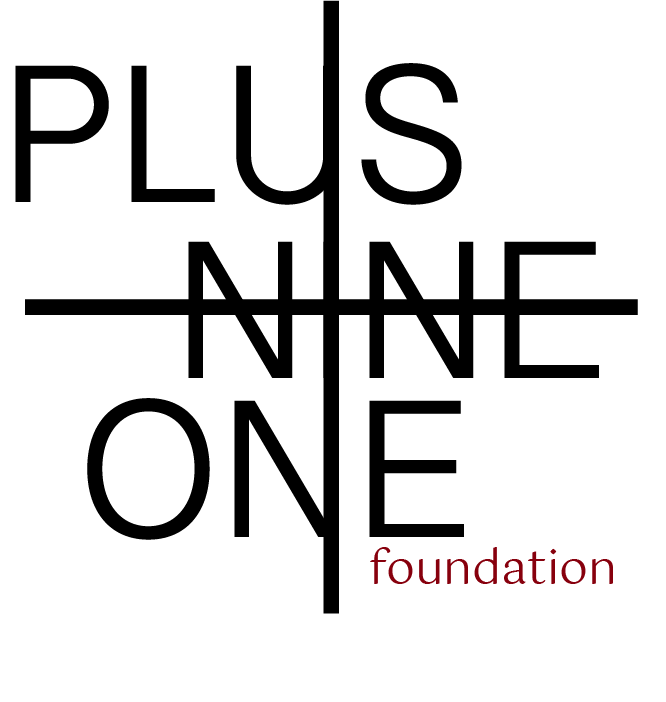Our Philosophy
Benefits of arts interventions in prisons
Violence and harm occur as cycles — many people who commit harms are victims of harm themselves.
We believe that arts programmes give imprisoned people a stimulating and enjoyable space in which to develop discipline and emotional self control. Ultimately, we hope this is the key to breaking the cycle of violence and harm.
Imprisonment, confinement, separation from loved ones, and stigma can add to existing traumas. We are trying to create spaces in which we can counteract the effects of these traumas.
Engaging with art and music helps people remain mentally stimulated, make friends, and express inner grief, sadness, anger without judgment.
We hope that showing this art outside prisons will erase stigmas associated with imprisonment, and constantly remind viewers on the creative potential of every human being.
Ultimately, we want to see the judicial process to focus on breaking the cycle of violence, repairing trauma and harm, and rebuilding communities that experience conflict.
“Ours is a system that harms people who harm people to show that harming people is wrong.
All that does is reproduce and replicate harm until it saturates our very existence”
— Fania Davis

Principles for reimagining the justice system
-
Many people who end up in prison are from underprivileged or marginalised backgrounds. Many are victims of wider social injustices.
People in prison may not meet society’s standards of perfect victimhood. Many have acted in ways that caused harm to themselves or others.
But within a justice system slanted against them, there is often little opportunity for repair, or escaping systems of oppression built around stigma and blame.
-
Violence and harm exist as a cycle. Some one harms you, you bury the pain, it comes out elsewhere on someone else.
We must work on developing a system of conflict resolution for our society that results in this cycle of harm being broken.
-
Communities must work towards reintegration and healing where individuals commit harms. And individuals who harm others must take responsibility for the consequences of their actions on others.
-
For victims, justice can mean:
being given the chance to speak freely about the harm they experienced. They want their experience to be recognised as valid .
sometimes, they want concrete forms of repair from the person who caused harm before they can resume trusting that individual and society as a whole.
Our justice system must centre the process of repair around the victim’s needs.
For the offender:
Not being isolated, shamed or stigmatised or identified with their harmful action permanently. Being given a second chance.
Having the chance to explain their own experience.
Having the chance to take responsibility for their actions without sacrificing their lives, livelihoods, security, family, and reputation.
For the community:
Indirect experiences of harm should also be taken into account — for example, a hate crime against a person of a particular faith, caste, gender can indirectly affect members of the wider group.
-
A justice system should not put unnecessary barriers between parties in conflict, and give them opportunities to resolve, repair and heal.
In our justice system, sadly, as soon as lawyers get involved — parties in conflict are asked to stop talking with the other side. Strained communication or no communication is tied to an increased breakage of trust. Often, this prevents the opportunity for what parties in conflict most need — which is to be heard by the other person.
-
People who end up isolated and stigmatised due to their actions can experience even more trauma in confinement. Instead of breaking the cycle of harm, they end up even more likely to commit harms, or become repeat offenders.
The Colonial Origins of Our Justice System
India’s criminal justice system was conceived during British colonial rule. Part of the colonial mission was to “civilise” indigenous tribes who violently raised protest against British power.
The word “thug” now associated with gang culture in the United States derives from the criminalised “thugee” tribes and castes. Many of these were expert artists and performers. They were criminalised for causing trouble to colonial authorities.
A drawing from the "Illustrated Travels: a record of discovery, geography, and adventure" edited by H.W. Bates, assistant-secretary of the Royal Geographical Society. It shows a criminalised tribe in a prison in Aurangabad, Maharashtra, India, circa 1830.
It is time to reimagine what justice means
Our programmes are efforts to creating restorative paths to addressing conflict within society.
We believe justice should centre the victim’s needs, and give people who have caused harm a path for rehabilitation, and repair.


